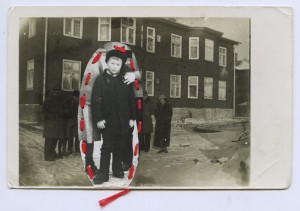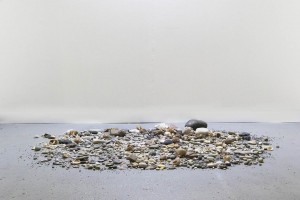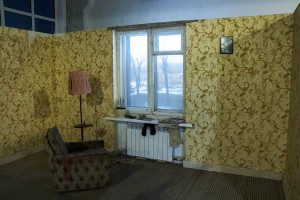Video documentation of the performance (2 hours). 18 m of tracing paper, pencil.
In the year 2014, my family and I had abandoned Donetsk and we have never returned there since. We’ve left our empty houses, our possessions, and decades of our lives in the occupied territories. We’ve started everything from scratch in new cities and new countries trying not to think of what we’ve left behind.
The loss of family photo archive is a painful symbol of the destruction of the life as we knew it before, of the irreversibility and violent nature of changes that we have faced. Over a hundred years of our family history were left behind in our flat and we don’t even know if it’s still intact.
The loss of documented past and material memory leads us to the loss of continuity of our personal histories. This is a trauma that occurs to you not on the level of personal experiences but to you as a part of the history flow, part of the family, of something that began long before your birth and exists for you starting with your eldest ancestor whose name you remember, whose face you’ve seen on the photos. And due to this trauma and loss of the continuity interrupts, because you do not own anymore what you used to own, you have no archive, no past, no physical artifacts, from now on you are only you.
This project raises the question of the importance of personal in the context of a collective trauma, explores the problem of interruption in the continuity of a personal history. Hours of repetitive copying of the same faces from anonymous pictures, of mechanical and meditative reproduction of the same silhouettes, create a fragile space of emotional connections between past and present, private and public, historical and personal. Contours of an endless group photo where faces have no features and people have no names are meant to fill the void that has replaced the lost material memory.


